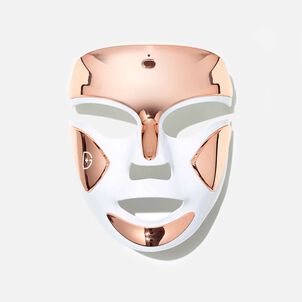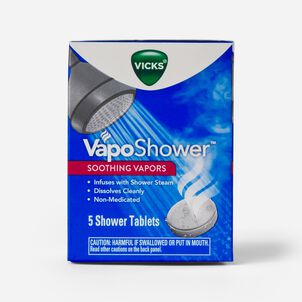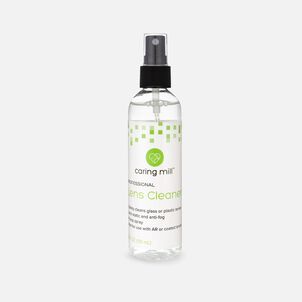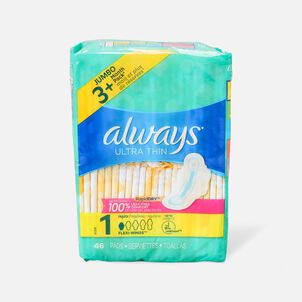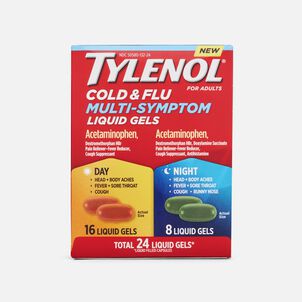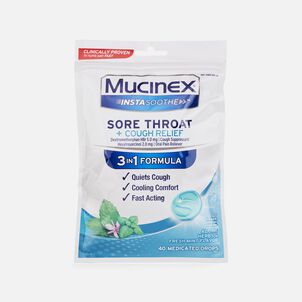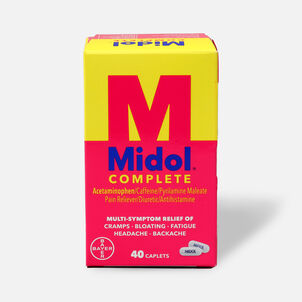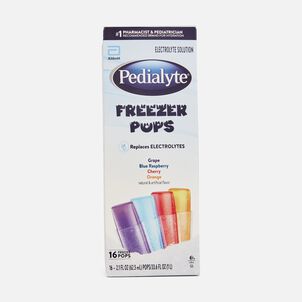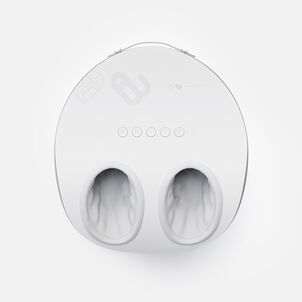 | SHOP NOW
| SHOP NOWIf you're trying to save money for a specific goal, creating a separate savings account is one of the easiest ways to track how close you're getting and how much you've saved.
But what if you could find a savings account that also lets you pay fewer taxes? That's exactly what makes a Health Savings Accounts (HSA) so special. You can deduct HSA contributions on your taxes and use it as a nest egg for your future medical bills. It's like a tax-advantaged emergency fund for health expenses.
But how do you decide how much to save in an HSA? Is there a magic number you should hit? Read on to see how much you should budget for medical expenses with your 2024 HSA.
How Much Can I Save?
For 2024, the annual limit for HSA contributions is $4,150 for individuals. Couples who are both on a high-deductible health plan can contribute $8,300 annually. Those 55 and older can contribute an extra $1,000 each year in what's called a "catch-up contribution."
The annual limit includes both employee and employer contributions. Ask your HR department about your employer's contribution policy. Some companies may have paused or decreased contributions in response to the recession.
Once you've determined what the employer contributions are, do the math and see how much you're allowed to contribute. Make sure to double-check these figures. If you exceed the annual limit for HSA contributions, you'll be charged a 6% excise fee on the overage.
Once you've determined the maximum you can contribute, examine your overall budget to decide how much you can afford to spend. Don't worry if you can't afford to max out your HSA, just try to contribute what you can.
Look at Your Past Statements
To estimate how much you might spend on medical expenses this year, look at what you spent last year. Your insurance provider may have a year-end summary showing the total out-of-pocket costs. If they don't provide an annual summary, you can view all of last year's claims and add up the out-of-pocket expenses manually.
If you had a different type of insurance plan last year, you may end up spending more or less this year. For example, if you had a gold plan last year and switched to a high-deductible plan this year, you'll spend much more in out-of-pocket expenses because your insurance coverage will be less.
Even if you kept the same type of plan, the coinsurance and copay amounts may have changed. The deductible and out-of-pocket limit may also be higher. You can get a copy of last year's plan documents and compare them with this year's to see what the discrepancies are.
Make sure to do this for your dental and vision providers as well, if you have coverage. These plans are often separate from your medical insurance, but you can still use your HSA for related expenses. If you take prescription regularly, check to see if that price has gone up.
Estimate This Year's Expenses
The next step is to estimate your expenses for the year. Make a list of any major procedures and surgeries you have planned. This should include any dental or vision work, like getting a crown replaced or having cataract surgery. If you delayed any significant procedures from 2023, make sure to include those as well.
To find out exactly how much a procedure will cost, call the doctor's billing office and ask them for the billing code. Next, call the insurance provider and give them that code. They can plug it in and determine how much your plan will cover. It's not enough to know what type of procedure you're having done. The exact billing code is necessary to give you the most accurate estimate.
Once you've written down all expected major procedures, make a list of any other services, imaging or lab work you'll need. While some of these may be covered by your insurance, many will still include a copay or coinsurance charge.
Don't forget to add up incidental expenses, like a new pair of glasses or a year's supply of contacts. Go through your medicine cabinet and see if you need to replace any over-the-counter medications. Now that menstrual products are HSA eligible, you can use your HSA card to purchase tampons, pads, period panties and more.
What if I Save Too Much?
If you end up saving more than you need, don't worry. Funds in an HSA will roll over from year to year, even if you don't choose an HSA-eligible health insurance plan the following year.
You can also decide to reduce your contributions at any point. If you're contributing through a workplace plan, ask your HR department how to change your contributions. If your contributions come out of your paycheck, it may take one or two pay cycles for the updates to go through.
If your employer doesn't contribute to your HSA, changing your contributions is even easier. Simply log on to your online account and click on the contributions tab, or check directly with your HSA provider. From there you should see how to adjust or cancel your contributions.
If you can afford to keep contributing, the money in your HSA can actually be invested. Some providers require that you have at least $1,000 in your HSA before that money can be invested, but others have no minimum.
Remember, you're not stuck with a particular HSA provider. If you want to switch to a company with lower investing requirements, you can do that at any time. If you have an employer-sponsored HSA, you can still open up your own account and transfer the money between the two accounts.
You can invest HSA money in mutual funds, ETFs or individual stocks just like you would with a 401(k) or IRA. Any investment earnings will grow tax-free. If you use those earnings to pay for qualified medical expenses, you can also avoid paying taxes on them.
—
Thank you for visiting the HSA Store Learning Center. Don’t forget to follow us for more helpful tips on Facebook, Instagram, and Twitter.


